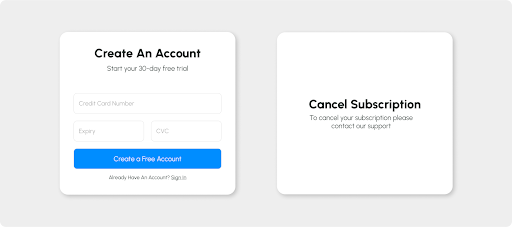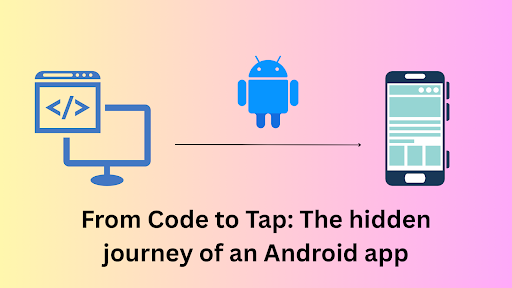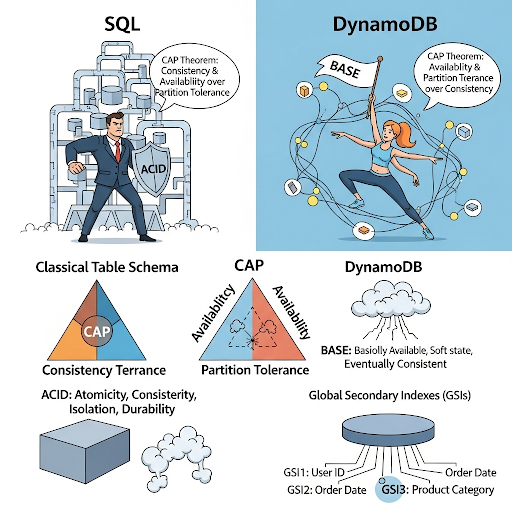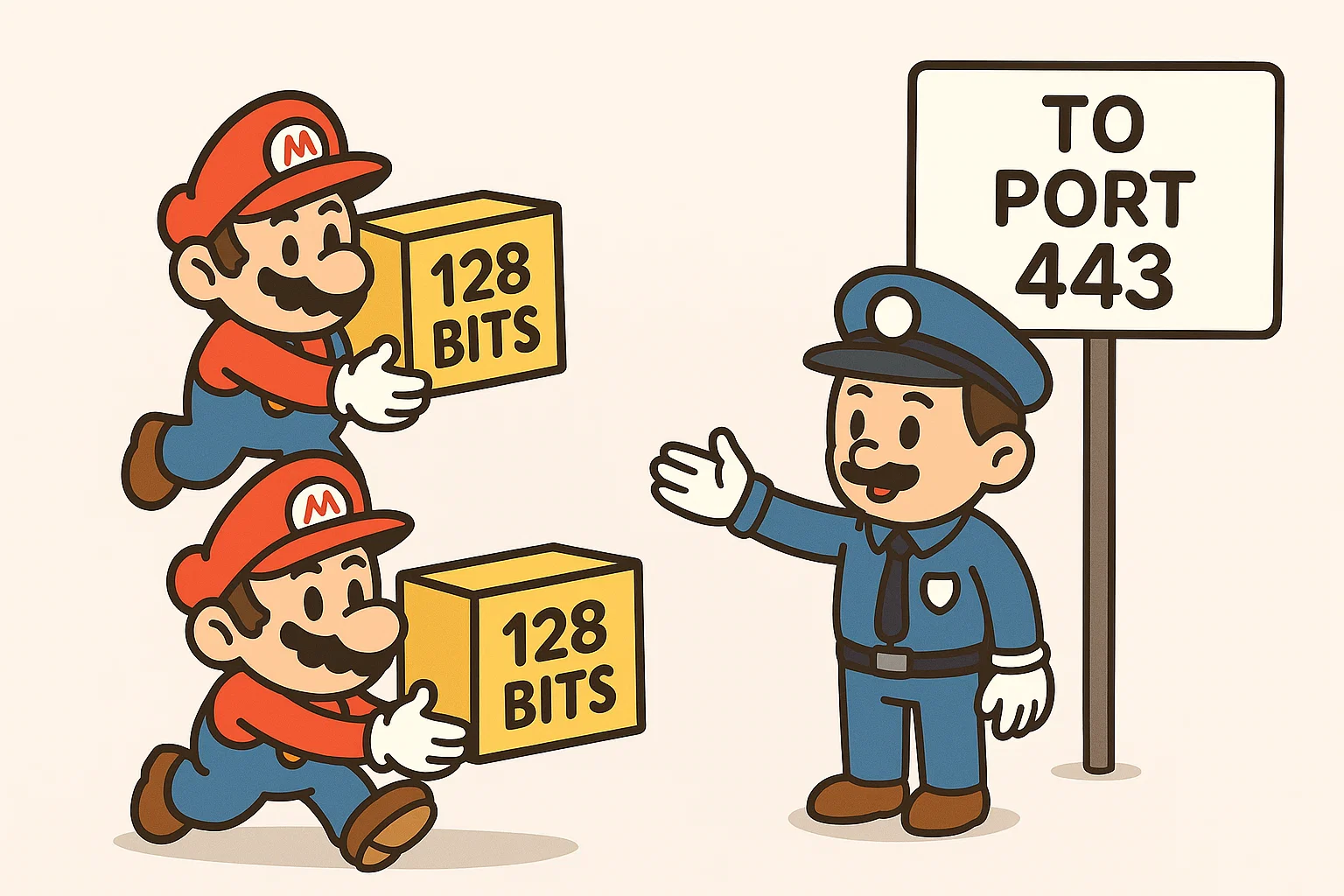Imagine signing up for a “free trial” that requires your credit card information upfront, seemingly for convenience. However, when it’s time to cancel, the process becomes intentionally difficult, such as needing to contact customer support. This deceptive design pattern, known as Forced Continuity, hooks users into subscriptions without transparent consent, trapping them in continuous billing, often without realizing how or when they opted in.
How Forced Continuity Works

This dark pattern sneaks into everyday digital experiences, often taking advantage of user trust. Here are some common ways it manifests:
- Sneaky Subscription Terms: Important details about subscriptions, like automatic renewals, are often buried in fine print or hidden behind vague terms. It’s easy to miss crucial information unless you’re meticulously scanning every word.
- Requiring Credit Card Information for “Free” Trials: Many services offer free trials but require a credit card upfront. The catch? When the trial ends, users are automatically charged without a clear reminder.
- Hurdles to Cancel: Trying to cancel these subscriptions can be like navigating a frustrating maze. Hidden buttons, unclear processes, and long waiting periods make it difficult for users to opt-out.
Real-Life Examples of Forced Continuity

Forced continuity isn’t just an abstract concept—it happens in real life more often than we think. Here are a few notable examples:
- Amazon Prime’s Free Trial: Amazon offers a free trial of Prime, but users must enter their payment information to sign up. Unless you manually cancel before the trial ends, Amazon automatically charges you for the next month. For many, this catches them off guard, especially since the service doesn’t send a clear reminder when the trial is about to expire.
- Apple Music Free Trial: Similar to Amazon, Apple Music offers a 3-month free trial for new users, requiring them to enter credit card information upfront. After the trial period ends, users are automatically subscribed and charged monthly unless they cancel in time. The cancellation process, while possible, is not always intuitive, leading to frustration.
- The New York Times Digital Subscription: The New York Times frequently offers discounted or free trials for their digital subscription. However, once the trial ends, users are often automatically moved to full-priced subscriptions. Some users report difficulty canceling the service, finding the subscription page hidden deep in account settings, requiring multiple steps to complete the cancellation.
Why Forced Continuity is Problematic

At first glance, Forced Continuity may seem like a clever business tactic, but it comes at a cost—user trust. Here’s why this pattern is damaging:
- Lack of Transparency: Users are often unaware of what they’re agreeing to. When hidden fees or automatic charges come into play, they feel misled.
- Frustration and Dissatisfaction: A service that once seemed helpful becomes a source of frustration when users struggle to cancel or find surprise charges. This leads to a negative customer experience.
- Compromised Ethical Standards: Designers using this tactic prioritize short-term gains over user satisfaction. This erodes trust and damages the brand’s reputation.
How Designers Can Do Better

As designers, we have a responsibility to uphold ethical standards and ensure transparency in our work. Here’s how we can combat deceptive practices:
- Disclose All Costs Upfront: Make subscription terms clear and visible. Avoid hiding fees in fine print, and give users the full picture before they commit.
- Make Cancellation Easy: Ensure that users can cancel subscriptions without hassle. Clear, simple steps to opt-out should be a priority.
- Prioritize User Trust: Long-term success comes from building trust. By putting user needs first, we foster loyalty and positive experiences.
Conclusion

While forced continuity can drive short-term profits, it erodes user trust. Deceptive tactics leave users feeling trapped and frustrated, damaging your brand in the long run. As designers, our responsibility is to create transparent, ethical experiences that empower users. By prioritizing trust over quick gains, we can build products that foster loyalty and respect, contributing to a more user-friendly digital world.























